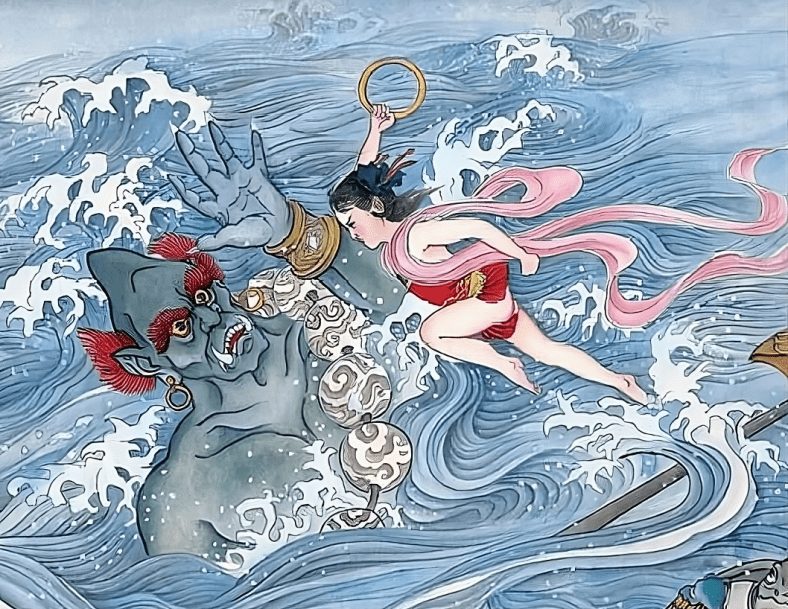The Path to Divinity: Nezha’s Journey and Western Parallels
The myth of Nezha, the rebellious yet righteous deity in Chinese folklore, mirrors themes of spiritual evolution found in Western religious and philosophical traditions. From his tumultuous beginnings to divine ascension, Nezha’s journey echoes the struggles of redemption and enlightenment seen in Christianity, Greek mythology, and even modern philosophical thought. This article explores how Nezha’s transformation aligns with—or diverges from—these Western narratives.
From Rebellion to Redemption: Nezha’s Spiritual Transformation
Nezha’s story begins with defiance—his birth marked by chaos, his early acts violent and impulsive. However, his eventual sacrifice and submission to higher moral laws reflect a profound spiritual awakening. This arc bears striking resemblance to the Christian concept of repentance—a flawed individual redeemed through suffering and divine grace, much like the Biblical King David or the Prodigal Son. Similarly, Greek figures like Heracles endure trials to achieve immortality, reinforcing the notion that suffering precedes transcendence.
Yet, Nezha’s journey carries unique cultural undertones. Unlike Western heroes often guided by external gods, Nezha’s enlightenment emerges from filial piety and martial honor—a distinctly Confucian and Daoist influence. His path isn’t merely about divine forgiveness but balancing personal ethics with cosmic duty, a theme less pronounced in Western redemption arcs.
Divine Ascension: Comparing Nezha and Western Apotheosis
Nezha’s elevation to divinity reflects the universal human aspiration to transcend mortality. In Western traditions, figures like Jesus (resurrection) or Roman emperors (posthumous deification) achieve godhood through divine favor or societal decree. Nezha, however, earns his status through self-cultivation and merit—akin to Buddhist bodhisattvas or Taoist immortals. This contrasts with the Western model, where divine intervention often supersedes individual effort.
Philosophically, Nezha’s ascension aligns with Nietzsche’s idea of self-overcoming, where divinity is an earned state of being. Yet, his journey remains anchored in communal harmony—unlike Nietzsche’s Übermensch, who transcends societal morals. This duality positions Nezha as a bridge between Eastern collectivism and Western individualism in spiritual pursuits.
Conclusion: Universal Struggles, Unique Resolutions
Nezha’s myth and Western redemption narratives share core themes—sin, sacrifice, and transcendence—yet diverge in cultural execution. While Western traditions often emphasize divine grace or heroic trials, Nezha embodies self-mastery within a cosmic order. Both paths affirm that divinity is attainable, but their differing methods reflect broader philosophical contrasts. Ultimately, Nezha’s story enriches global spiritual discourse, offering a distinct yet familiar vision of redemption.

